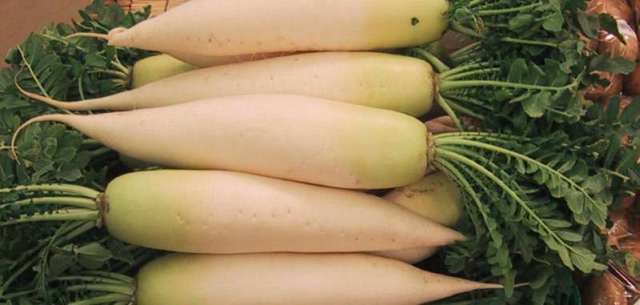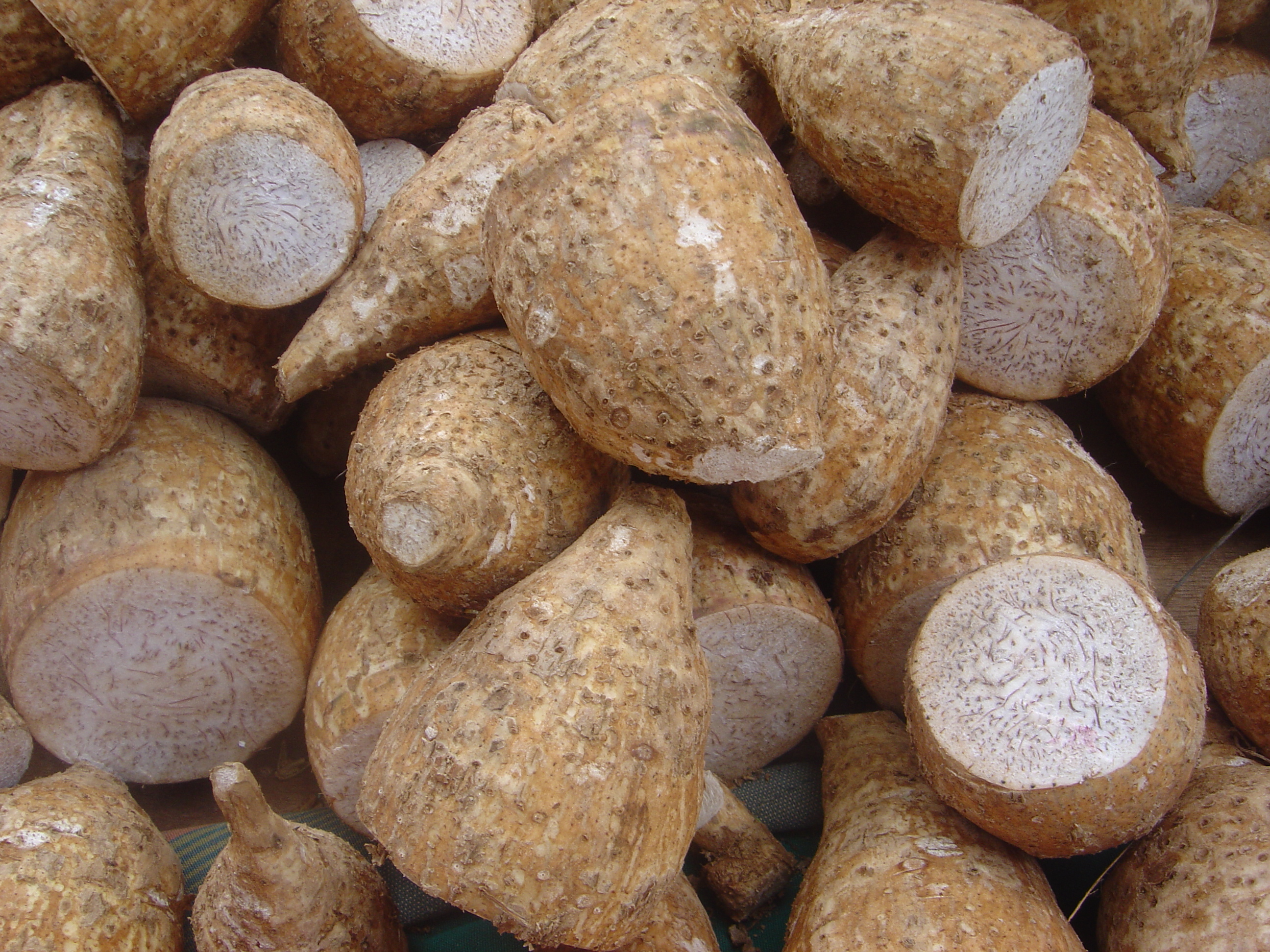Pork Bone Seaweed Soup
Nov. 13th, 2016 10:25 amThis is another experimental Chinese/Japanese fusion recipe of my own creation. It's a light, savory soup that works great as an appetizer or side dish.
Ingredients:
- Pork bones
- (optional) Chicken bones
- Kombu (dried kelp)
- Scallion stems
- Firm tofu
- Salt
- Sugar
Directions:
- If you can't buy pork bones or chicken bones directly, you can get them by de-boning pork loin and chicken thigh. I usually do this and reserve the meat for other dishes. You don't necessarily need the chicken, but I like the extra flavor.
- The first step is to blanch the bones. Fill a pot with water and put on medium-high heat. Once the water starts to get hot (but before it starts boiling) add in the bones.
- Let the water slowly come up to boil around the bones. Flip them over every now and then to make sure they are heated evenly. The blanching is finished once the water starts to boil, the outside has completely turned color, and any blood has solidified.
- Drain the water out and rinse the bones under cold water to get rid of any remaining clotted blood. Set aside.
- Fill the pot with cold water again and add the kombu. Let it soak for 10 min.
- Meanwhile, chop the scallion stems and cut the tofu into small cubes. Set aside separately.
- Turn the heat on again and let the water come up to boil (with the kombu still in it). Once it starts boiling, remove the kombu and add the bones back in.
- Add salt, turn the heat to low, and then cover.
- Let the broth simmer for 15-20 minutes. Use a hand strainer to occasionally skim off any foam.
- Add the scallions and let simmer for another 5 minutes.
- Add any additional salt if necessary and some sugar for balance
- Add the tofu and let simmer until it absorbs the flavor of the broth. This should only take a few minutes.
- Turn off the heat and pick out the bones. Let them cool and then pick off the excess meat. Add the meat back to the soup and discard the bones.
And there you have it. If you have miso paste, you can use that instead of salt. You can save the kombu to make another batch of broth, although it won't be as strong. You can also cut it into strips and cook it in a stir-fry, but I personally don't care for the thick, rubbery texture.





